Easy Riders, Raging Bulls
£11.30£12.30 (-8%)
Based on hundreds of interviews with directors such as Coppola, Scorsese, Hopper and Spielberg, as well as producers, stars, studio executives, writers, spouses, ex-spouses, and girlfriends, this is the story of the crazy world that the directors ruled.
Read more
Additional information
| Publisher | Bloomsbury Publishing PLC, 1st Paperback Printing UK edition (27 Sept. 1999) |
|---|---|
| Language | English |
| Paperback | 512 pages |
| ISBN-10 | 0747544212 |
| ISBN-13 | 978-0747544210 |
| Dimensions | 12.9 x 3.1 x 19.8 cm |

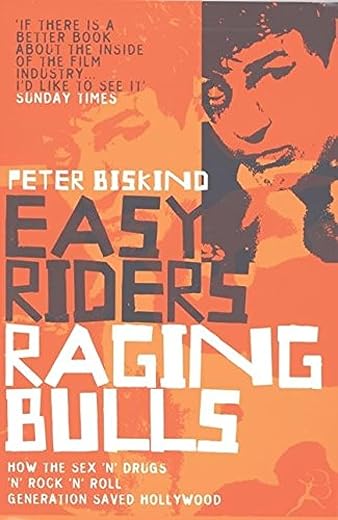
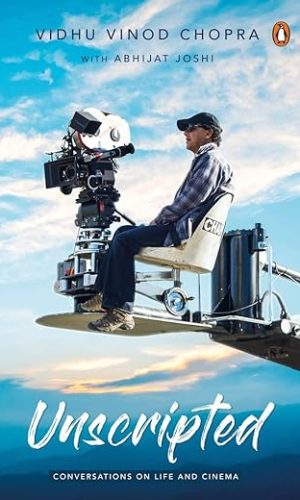
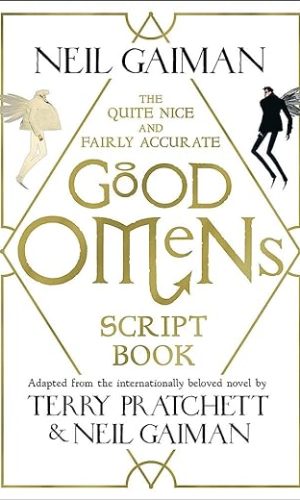
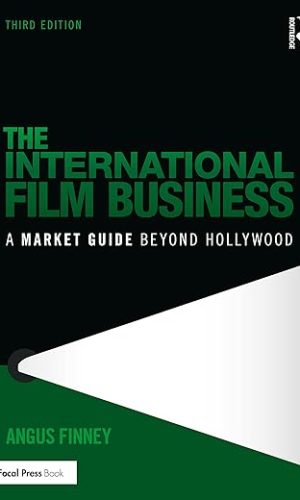
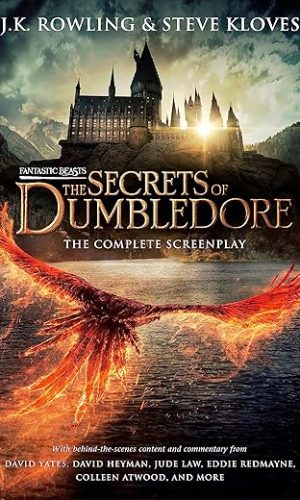
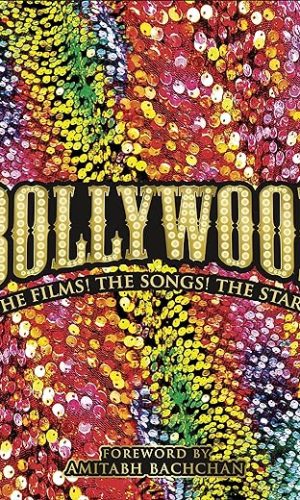


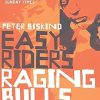
by Bush Baby
Very interesting documentary about the changes in Hollywood in the late 60s and early 70s. Name checks many of my favourite directors and movies.
by Mr. N. Dewey
Great history lesson
by Jack Ransom
Easy Riders, Raging Bulls… is a look at 1970s Hollywood when it was known as New Hollywood, and the director was the star of the movie. For those not well versed but interested in one of cinema’s greatest eras this will certainly be a more interesting and engaging watch. However a lot of this I personally already knew and the documentary does feel overlong and could have put more focus on more key moments. Seeing old archive footage of Martin Scorsese, Steven Spielberg, George Lucas and more hanging out is grin inducing and the sheer level of excess, creativity and fun on display of the era is infectious. It’s a decent if not particularly unique watch for those with already existing knowledge, but certainly worth checking out if you want to know more about the era.
by John Smith
This has to be one of the best books I have ever read. There are so many juicy hollywood inside stories and anecdotes.
I have actually brought this book twice, Years ago and just the other day. I am not someone who generally makes a habit of this,
but when I moved I couldn’t remember which box it was in, but Amazon ever my friend, gave me an opportunity to re-read a book, the memory of which makes me smile even today. When I brought it it had the same front cover but it was in a red and orange theme.
I really do recommend this book, though I have read his other book, which didn’t do much for me, that one being
Down and Dirty Pictures (Softcover)
–
A lot of people have really enjoyed it (according to reviews on this here yon Amazon), but having read and really enjoyed this one it left me pretty cold. Which is a shame because he has written other books such as
Gods and Monsters: Thirty Years of Writing on Film and Culture (Softcover)
but I suspect the best of the stories are packed into this wonderful book.
by Arynth
Excellent read. Some parts have clearly aged where it comes to language on race and women but this expansive look at the currents of 1970s cinema is phenomenal. Every single director covered is given detail and exposed not just for their PR-crafted genius but for their routinely unacceptable behaviour, their callowness, their capriciousness, their narcissism, their insecurities. You’re left with a cast of characters who changed the world of film (often for the worse) in fits and bursts, usually imploding along the way. A must-read for anyone interested in cinema.
The biggest a-hole in the bunch? Probably Dennis Hopper.
by Peter Hurst
Anyone who has read Peter Biskind’s seminal book on what he describes as the ‘sex, drugs and rock and roll generation who saved Hollywood,’ namely the era which lasted from the late Sixties untill roughly the late Seventies in American film and which is considered to be by many the last golden age of Hollywood, will likely come away from this Documentary film adaptation of the book with mixed feelings.
The documentary gives the viewer the bare outline one who has read the book is familiar with:-
A) The death of the old studio system sometime in the Sixties whose demise was hastened by such ill-considered mega-flops as Cleopatra, Paint Your Wagon and Hello Dolly.
(B) The rise of a burgeoning and untapped youth market eager to see things they could identify with on screen.
(C) The Trojan Horse of the ‘Roger Corman Film School’ i.e ‘King of the B-Movies’ Producer/Director Roger Corman who firstly tapped into the hitherto untapped youth market, with B-Movies like The Trip and The Wild Angels, and secondly opened the doors to the untried and untested Film school graduates and harbingers of the ‘New Hollywood’ Francis Ford Coppola, Martin Scorcese and Peter Bogdanovich amongst many others.
D) The rise of the ‘movie brats’ influenced as they were by the French and Italian ‘new wave’ brought a much more more realistic approach to story-telling that was evident in European cinema at that time (complete with it’s attendant moral and sexual ambiguities) to American film for the very first time.
E) The shift in style and in cultural outlook helped to foster a climate of freedom and creativity which allowed the ‘New Hollywood’ to flourish and produce such great films as The Last Picture Show, The Godfather, Mean Streets, Taxi Driver, Mash, Harold and Maude, Network, Deliverance, All the Presidents Men, Dog Day Afternoon and a host of other films which a mere ten years previously would never have been made.
F) The Fall. Starting with Jaws and continued by Star Wars in the mid to late Seventies the era of the Blockbuster is shown as destroying this last era of innocence in Hollywood as commerce and the studio exec’s reassert creative control.
All very well and good you might say but why only the three stars? churlish though it might appear it feels as though something is missing, the story is condensed and in the process something is lost.
My recomendation is firstly read the book but secondly watch Ted Demme’s excellent documentary ‘A Decade under the Influence’ which covers this era by primarily focusing on the films rather than (as is the case in this documenary) by focusing too heavily on the personalities involved and their associated drug problems.
by C. Ball
I always wonder how this book ever got published, because I don’t think there’s anything good in it about any of the directors and actors highlighted therein. Not Coppola, not Bogdanovich, not Ashby or Lucas or Spielberg or Scorse. To a man, they are portrayed as selfish, ruthless, megalomaniacal, self-destructive. I almost wonder just how accurate this book – surely they can’t all be this nuts?
Leaving aside the salacious details, and boy, are there some, this is a quite fascinating look at how the ‘New Hollywood’ directors set out to overturn the old studio system, to bring back power to the independents, to create their own system; and how they almost all self-destructed or ended up only reinforcing that which they aimed to destroy, largely as a result of their own over-the-top, out-of-control behaviours and attitudes.
The studios are even more powerful now than they ever were; there’s precious little space in the cinemas these days for indie, independent or arthouse films – and the movies that make big-bucks are all pre-fab, much of a muchness: explosions and sex and violence and plots that can be summed up in ten words or less. Only George Lucas ended up with the financial clout to create his own movie empire, and even he is enslaved to Star Wars.